כ״ט תמוז ה׳תשפ״ד | August 4, 2024
Is It Straight? Tefillin on the Head
Ask the Rov: Where is the tefillin shel rosh to be placed? Rabbi Chaim Hillel Raskin responds.

Ask the Rov: Where is the tefillin shel rosh to be placed?
By Rabbi Chaim Hillel Raskin – Rov of Anash in Petach Tikvah
Although the possuk specifies that the tefillin should be placed bein einecha, “between your eyes,” Chazal learn from the possuk against making a bald patch when mourning that it refers to the top of the head where hair grows.
The entire surface of the head tefillin must be positioned in that area, so the lower edge of the titura (tefillin base) must be above the hairline. If the hairline recedes, the tefillin are placed according to the original hairline. The upper edge of the tefillin can’t extend further back than the end of where a baby’s head is soft.1
With the words bein einecha, the Torah is telling us that the tefillin must be in the middle of the width of the head, so that it will be aligned with the space between the two eyes.2 While some poskim hold they don’t need to be precisely between the eyes,3 the Alter Rebbe in his siddur adds the words “mamosh,” adding that this is particularly relevant to Rashi tefillin.4
Why the difference?
In the tefillin, there are four parshiyos, and the Gemara teaches that the parshiyos of Kadesh and Vehaya Ki Yevi’acha should be on the right side, while Shema and Vehaya Im Shamoa should be on the left side (when facing the one wearing the tefillin).
In Rashi tefillin, there is only a thin line between the two sets of compartments, and therefore, one must be extremely careful that the tefillin should be exactly in the middle, so that these two parshiyos are on the right and the others are on the left.
However, when it comes to Rabbeinu Tam tefillin, both sets of parshiyos begin from the outside towards the middle. Thus, right and left don’t refer to the position but to the direction. It is therefore sufficient for those tefillin to be generally over the space between the eyes without the extra precision.
The Alter Rebbe had a shiny snuff box with which he would check that his tefilin is in the correct spot.5 The Rebbe notes that one can also ask someone else to ascertain the position of one’s head tefillin and trust their judgment.6
See Sources (open PDF)
From The Weekly Farbrengen by Merkaz Anash



We appreciate your feedback. If you have any additional information to contribute to this article, it will be added below.